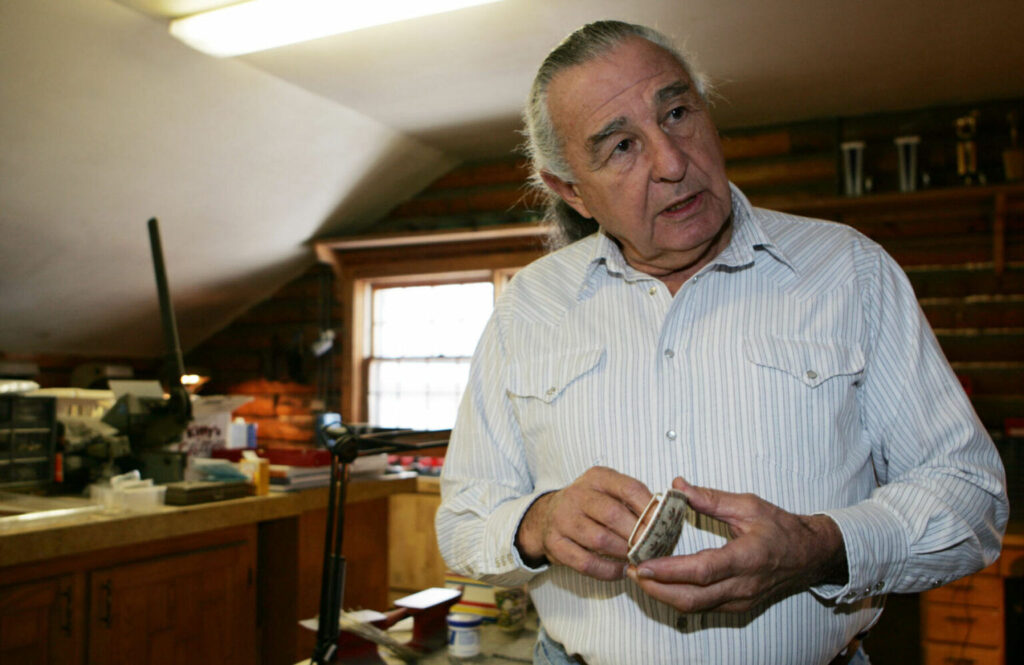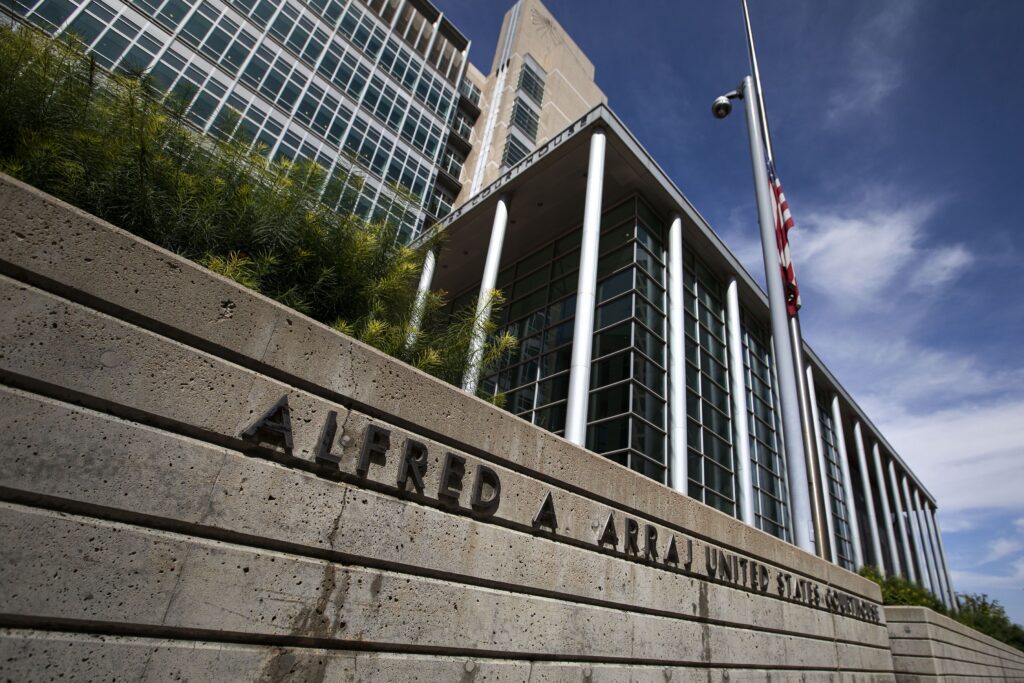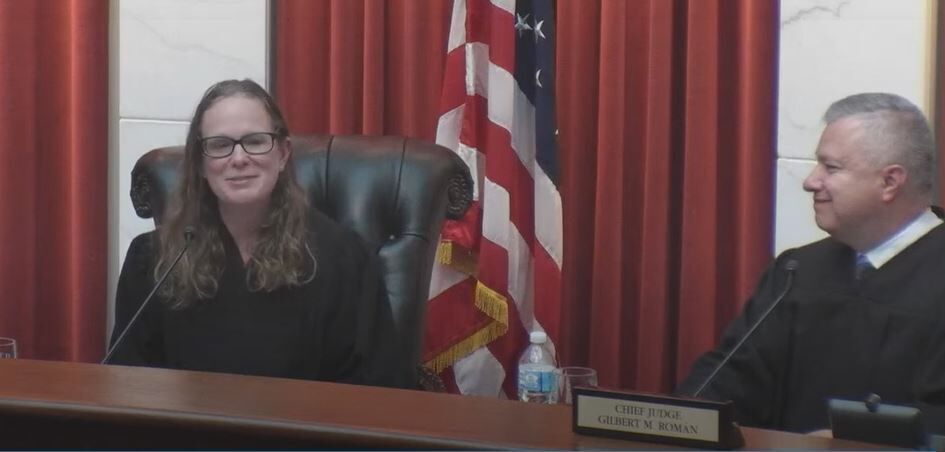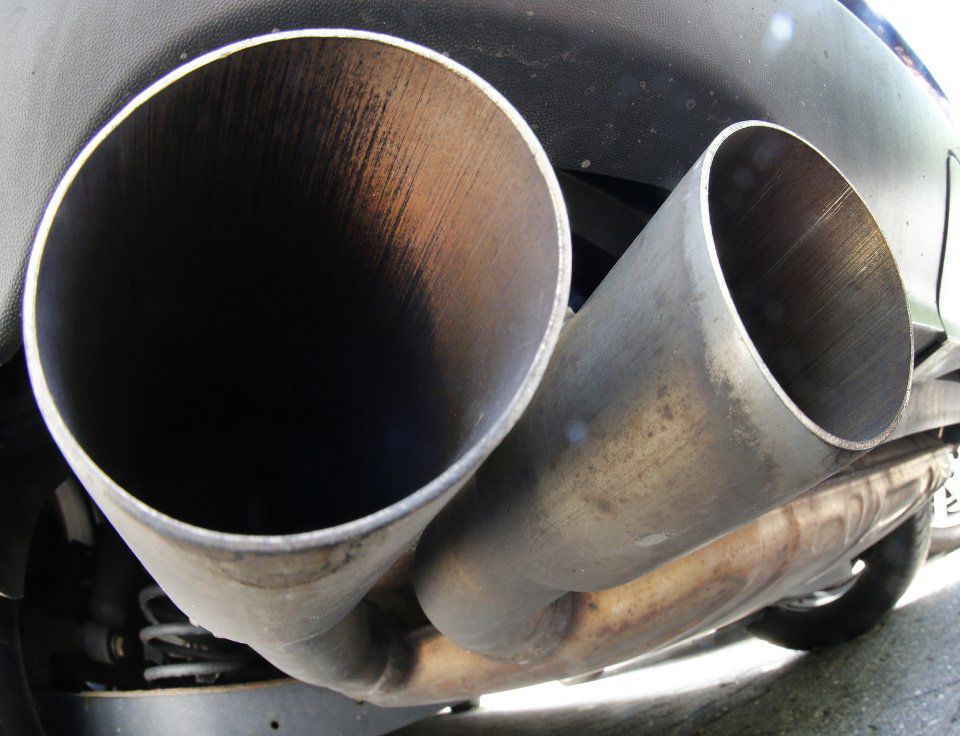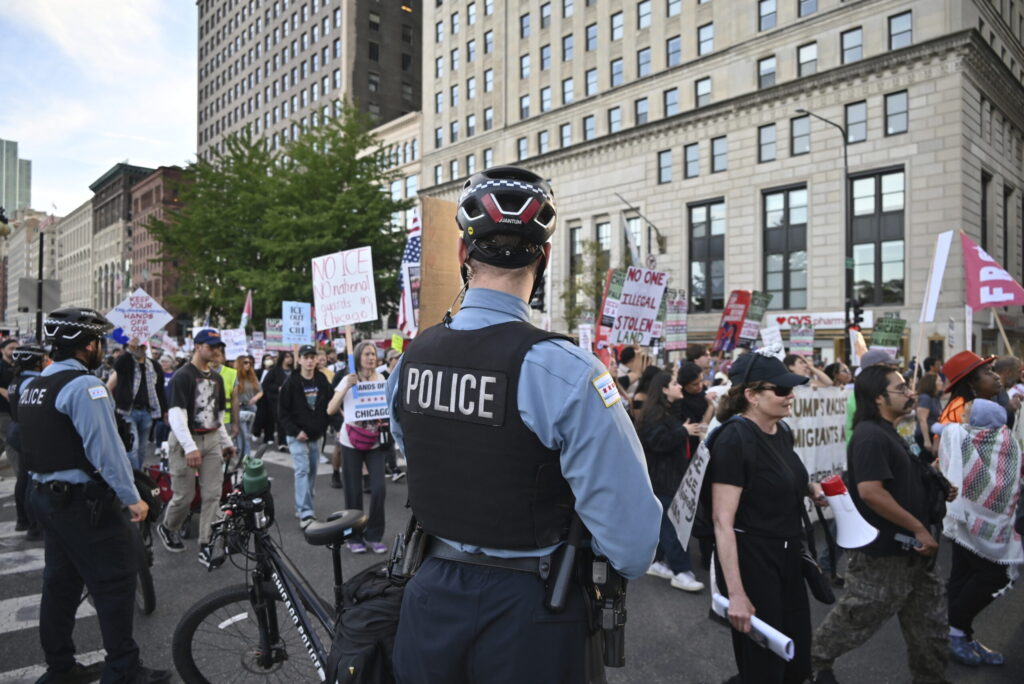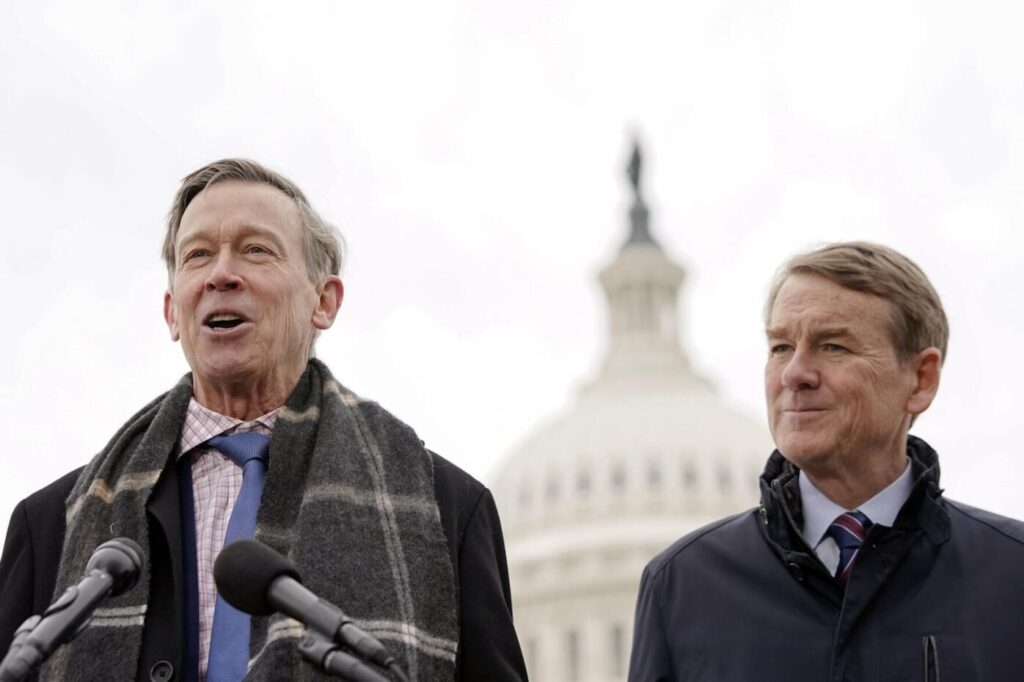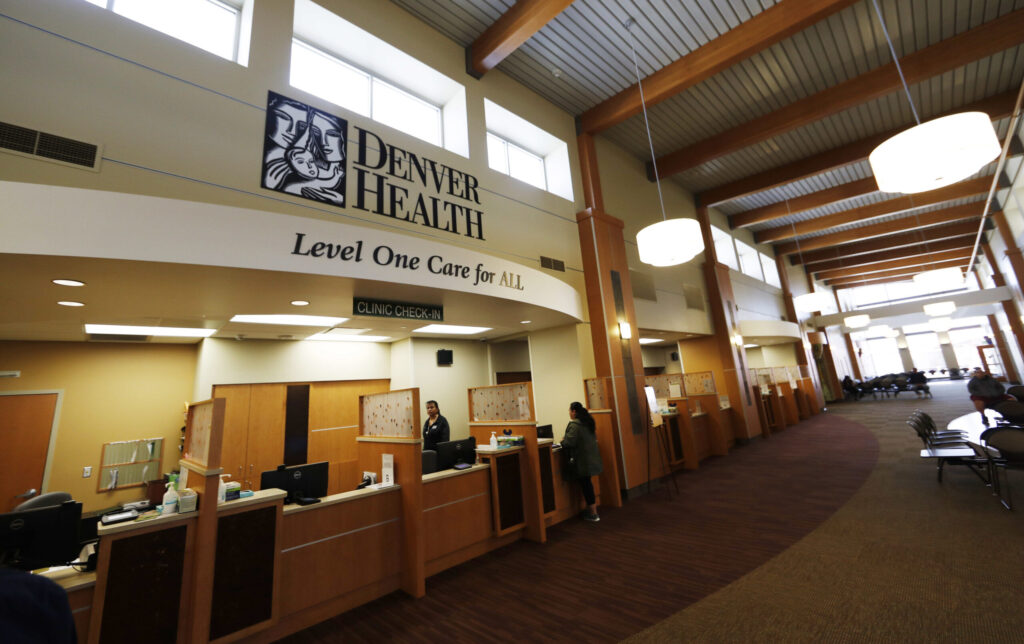‘Planet Boulder’ brought down to earth by worsening problems with homelessness
There’s a classic saying that the City of Boulder is 25 square miles surrounded by reality.
After years spent on the ever-intensifying frontlines of homelessness, Jen Livovich has a saying of her own.
“Reality has come to Boulder.”
Livovich slept on Boulder’s sidewalks for five years, sometimes behind the municipal building, where she watched the city’s leadership come and go.
Today, the founder of nonprofit “Streetscape” is Boulder’s most visible homeless advocate, and she blames the recent warp-speed availability of fentanyl and methamphetamine for the blight and the increase in aggressiveness among Boulder’s transient community.
The Denver Gazette reviewed dozens of police reports, walked Boulder’s streets, interviewed many people and monitored numerous social media websites for the latest information on what has bourgeoned into a crisis in the famed university town.
The city and county’s first responders are overwhelmed by the rise in calls for drunkenness, trespassing, indecent exposure, welfare checks, fires and overdoses related to homeless people, The Denver Gazette found.
Crimes are getting more brazen and aggressive, virtually all in authority agreed.
A recently observed first-hand scene: A man swimming naked in Boulder Creek was accosted by a transient who didn’t appreciate it.
“You (expletive) flashed me?” one man yelled at the other, threatening to gun him down.
Neither the gun threat nor the apparently illegal bathing was reported, and both men retreated in different directions down the trail.
These types of incidents along the Boulder Creek walkway have become so common the Boulder Convention and Visitors Bureau took the scenic path, a crown-jewel of the city, off of the “things to do” for tourists list “due to safety concerns,” acknowledged Chief Executive Officer Charlene Hoffman in an email.
Half of the homeless people interviewed for Boulder County’s July 2024 Point in Time survey claimed mental illness and nearly 40% said they abused “substances.” Another 30% said alcohol was their drug of choice, but any or all of those numbers could be higher because the count’s results are self-reported.
Still, mental illness and drugs often go hand-in-hand with homelessness.
And medical resources are strained.
On Aug. 16, police and firefighters rushed to the Walgreens at 2870 28th St. on a life threatening overdose.
“It looks like four doses of Narcan were administered and the party is now awake,” advised dispatch. A first responder’s exhausted response from the ground spoke volumes: “The party is now upset with firefighters. He stood up. He’s walking away.”
This bizarre state of unruliness is a continuous loop. Two weeks ago, a man who claimed to have died on the cross strolled into a Vietnamese restaurant during lunchtime, loudly disrupting patrons. Last week, a man took off his pants and left them on a gift shop counter, frightening the young clerk.
Police scanner traffic starting the weekend of Friday, Nov. 1 described the following:
A man urinating on the Pearl Street Mall and screaming at people.
An older man “climbing up and down the bathroom stalls looking at guests” at an Embassy Suites.
A possible indecent exposure at a bakery.
A man in a black hoodie in Central Park, “stating he was going to stab Democrats” (The police said he did not have a weapon).
A complaint of an assault by a “transient … holding a bag of Cheetos.”
And two wildland fires, one started by a tent set aflame and another two days later, which began as an encampment fire and spread to nearby trees. Officers found melted bicycle parts in the coals. including a bike wheel that someone had turned into a makeshift grill. A raw steak was left smoking on the melting bike spokes.
Downtown workers say they are frightened
Business owners said that crime increased on the Pearl Street Mall during COVID and became the norm.
“It’s part of doing business down on the mall now,” said Connie Brenton, a Boulder native who owns Art Mart Gifts. “It’s scary for those of us working down here. We’ve had people who are too afraid to work at our store.”
Brenton is often greeted by human feces at the front and back doors. Someone broke a window and bashed her cash register to the floor until it spilled money. At 66, the shop owner has been known to chase thieves down for a fistful of jewelry.
She is tired of begging the City Council for help, but she has an ally in Councilmember Tara Winer, who was attacked in September by a man who was yelling racial slurs at children during the grand opening of a dim sum restaurant.
When Winer followed Chase Raskin, he hit her in the face, threw her down and then bit the men who came to pull him off of her.
Boulder District Attorney Michael Dougherty charged Raskin, 26, with 20 counts, including third degree assault and numerous ethnic intimidation counts.
Raskin, who is not homeless, is undergoing mental health treatments in Florida before he can go through court competency evaluations.
102 unprovoked attacks by homeless people
The city saw 102 unprovoked attacks by homeless people from May to September this year, according to data provided to The Denver Gazette by the Boulder Police Department.
Before police were required to specify homelessness on their reports, that number was much lower — just eight in the summer of 2021.
Police have identified three hot spots where Boulder’s homeless gather: All Roads Shelter at 4869 Broadway, an underpass at Rosewood and Broadway just blocks away, and Central Park.
Greg Gustin’s mobile home park is steps from that overpass, which he said “looks like Fight Club.” He’s a big man, but he’s often nervous when he escorts people across.
A Denver Gazette analysis of police calls for service in Boulder at All Roads Shelter and at the underpass shows significantly higher rates of police activity compared to other parts of the city.
Even accounting for population density and household income, the concentration of certain calls in these zones far exceeds what demographics alone would predict.
The data shows dramatic over-representation of calls for medical emergencies, public disturbances, and incidents involving intoxicated individuals.
For example, calls classified as “drunk person” and “CARE,” which stands for community assistance and response events, occur at multiple times at the rate expected based on demographics.
The areas along north Broadway near the shelter and underpass have significantly more calls for medical assistance, trespassing, harassment and public drunkenness as a portion of all calls.
When compared to another hotspot for homeless-related incidents — the Central Park area in downtown Boulder — the disparity remains evident.
Some of the victims of homeless crime are an unsuspecting public. Often, as in other cities, Boulder’s homeless prey on each other.
In July, the body of a missing 19-year-old woman who had been living on Boulder’s streets was found wrapped in multiple blankets and strapped to a bike trailer. Zaria Hardee’s mother and several friends suspect she was killed by someone in the homeless community. Boulder police said they are waiting for test results before they make an arrest.
The tragic and mysterious death of Zaria Hardee: Boulder’s forgotten homeless teen
A man who described himself as The Golden Swan, who was riding a bright pink bicycle by All Roads Shelter, said that he stays in Boulder because Denver’s homeless community is too dangerous.
“Mostly I stay in my seat on my bike,” he said.
During the last cold spell and snow, All Roads was forced to turn away 67 people, the most ever for a three-day period.
Tipping point
Boulder Police Chief Stephen Redfearn acknowledged that assaultive behavior is on the rise in part because “drugs like methamphetamine have saturated the community, and there are few places for the mentally ill on the street to go.”
Some believe that homelessness is at a tipping point and Boulder’s most critical issue. It’s one that gives Mayor Aaron Brockett sleepless nights.
“I’m not going to pretend that crime isn’t a problem,” said Brockett. “We have very limited options for people who don’t have the money to pay for them.”
In a perfect world, Brockett would like to see a 100-bed inpatient treatment facility in Boulder.
“If I could will something into existence in this town, that would be it,” he said, but he added that such a facility would require financing from the state or federal government “because there’s just not enough money locally.”
The city of Boulder provides no overnight mental health services and only one homeless shelter for single adults. All Roads shelter has 180 beds and offers day services. One other shelter, Haven Ridge, offers beds for women, transgender and non-binary adults, youth and people fleeing domestic violence.
Tribe Recovery Homes, a residential treatment program, is for men only, and Boulder Bridge House, a sober-only 45-bed program, has a 74% success rate placing homeless people into jobs.
Though hundreds sleep on the street every night, the services offered today are much improved from where the city found itself in 2016, when Boulder began to develop a system of responses to homelessness with outreach and screening to helping people maintain shelter, officials said.
Since October 2021, a program to manage encampments was developed and an attempt to remove unwanted makeshift shelters began in November 2023, when voters passed a ballot measure amending the city code to prioritize the removal of tents and propane tanks near schools, sidewalks and the many paths that wind through the city.
In three years, Boulder’s Safe and Managed Public Spaces Program — SAMPS — has moved 2,514 encampments and hauled out a mountain of debris, 419 tons, from Boulder Creek.
When tents, propane tanks and hypodermic needles began appearing in front of Boulder High School, parents launched Safe Zones 4 Kids, which sought to ban encampments within 500 feet of school property lines and 50 feet from walkways and sidewalks. The measure passed with 61% support in November last year.
Meanwhile, the Ambassador Program through Downtown Boulder employs a team of four who patrol the Pearl Street Mall. In addition, the Boulder police’s Homeless Outreach team finds resources for a core group of people who are constantly getting ticketed and making U-turns from jail to the courts and back to the street.
Still, the problem is fluid and often feels out of control to Boulder residents who complain about street dwellers shooting up in public, starting fires and screaming at their cars.
In an email, SAMPS Team Utilities Director Joe Taddeucci acknowledged his team’s constant struggle “with limited enforcement options.”
He said the Boulder County Jail is “doing what they can to support our work, but the fact of the matter is with jail overcrowding, taking someone to jail is not an option.”
When officers write tickets, behavior does not change, he said.
The latest data on the SAMPS map shows the Boulder Creek Trail is still dotted with tents west along Highway 119, including near a children’s fishing pond. However, the number of tents has decreased significantly since SAMPS started its sweeps.
A champion for the homeless
On a Friday afternoon, in a shaded corner of Boulder’s Central Park, Jen Livovich, in a Be Kind sweatshirt, called the hungry by name.
“Hey, Jared, turn down your music! Come on over and get some food!”
Helen McCallum looks older than her 65 years. She’s thin and has little time for small talk as she scans the groups of people sitting cross-legged around Central Park. She’s looking for a place in the sun to eat her meatball sandwich.
“Boulder is a freak show, but anyone can be homeless here and fit in,” McCallum said.
She is grandmother and has two grown sons, one of whom lives in Longmont and is a Goodwill store manager, and none of them can convince her to live a different life. She can take care of herself, she asserted.
Like McCallum, Livovich’s descent to the streets began with domestic and substance abuse. She has little concern for politics and a huge intelligence, which she has used to start two nonprofits, participate in numerous advisory groups for substance use and emergency solutions for the homeless.
She is currently working on a master’s degree in public administration.
Her no-nonsense approach to life is laced with humor. At the end of a long list of accomplishments fighting for services for homeless people, her LinkedIn profile denotes “frostbite survivor.”
Livovich’s current nonprofit, Streetscape, prioritizes mental health and substance abuse treatment in a city that is a desert for people who have no money to pay for such services.
Livovich wants to see streamlined services, supervised treatment when necessary and jail time for people who present a risk to themselves, as opposed to throwing money at housing.
She said homeless people are flooding Boulder from across the metro area.
“On any given day, our homeless dashboard shows 23 new homeless coming to Boulder,” she said.
The latest numbers from the city back this up. Nearly 70% of people who received services from or contacted Boulder Housing and Human Services report that they have been in town for less than a month.
‘I don’t belong here’
An RTD bus pass swung from a lanyard around Wendy Wollrab’s neck.
“I don’t belong here,” she told a reporter and proudly displayed a cellphone photo of an attractive suburban mom in huge fashion sunglasses and fresh lipstick — evidence of a previous life.
While the former registered nurse waits and hopes for a spot in a shelter, her current bedroom is a spot underneath the stair well of a Boulder business, where, she said, “it’s hard to rest when you’re afraid.” She said that half of the women who sleep in the streets are trading sex for drugs, and she’s often mistaken for one of them.
“If you think for one second it’s safe out here, you’re wrong,” said Scott Sorensen, a former aerospace engineer whose vehicle is his home. He theorizes that street criminals target Boulder because “they know people don’t carry guns.”
Police reports obtained by The Denver Gazette show that the population that sleeps outside use what they can find for protection in an existence that is often harsh, glimpses of which can be found in a spear fashioned from a wooden chair leg, a fractured bicycle frame, broken glass, large rocks, and even teeth.
On Sept. 23, as Ahmad Alissa was being tried for murdering 10 people at the Table Mesa King Soopers, a fight broke out on the other side of town inside the All Roads shelter.
It ended up in a bloody mess, when 25-year-old resident Tarik Faulks struck another man in the head with a “modern ball and chain.” Faulks was charged with second degree assault and felony menacing.
Boots on the ground
Every week, Kurt Firnhaber, the director of Boulder Housing and Human Services, dons a headlamp and walks Boulder Creek to keep tabs on new encampments so that he can work on getting people in sleeping bags and tents into housing.
“The longer people stay overnight at the creek, the greater the possibility of having drugs offered to them,” Firnhaber said.
Livovich insisted that housing is not enough to end homelessness and until the country changes that mindset, nothing will change.
“Housing is not an intervention for mental health and addiction,” she said. “Treatment and recovery is.”
On Friday, she was back in Central Park, calling people to come get a hot plate, wondering who died in the last week since she saw them.
“I have a distinct view on what’s happening as opposed to people who sit in their offices on Zooms. When I see people, I see the old me. Everyone deserves to be treated like a human being,” she said.
In the efforts to solve its homeless problem, the university hamlet with big city problems has a responsibility not only to its citizens but also to keep a nearly 40,000 student population safe, and it hopes to bring The Sundance Film Festival and its hundreds of millions of dollars to town.
Aaron Brockett, the mayor, is aware the current homeless situation is not a good look.
“It’s not good for anybody in all kinds of different ways, which is why we work so hard,” he said.
Colorado Politics Must-Reads:







